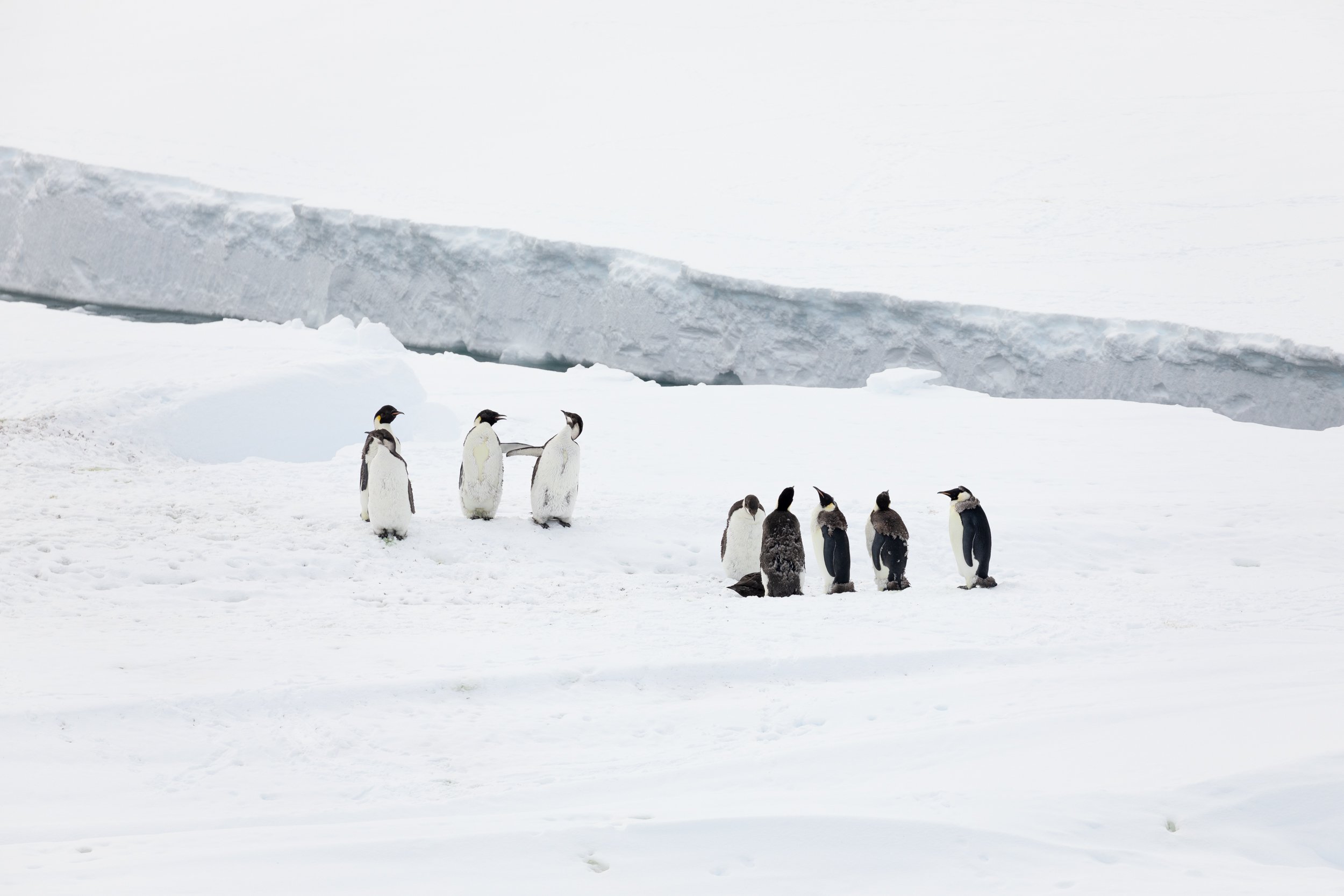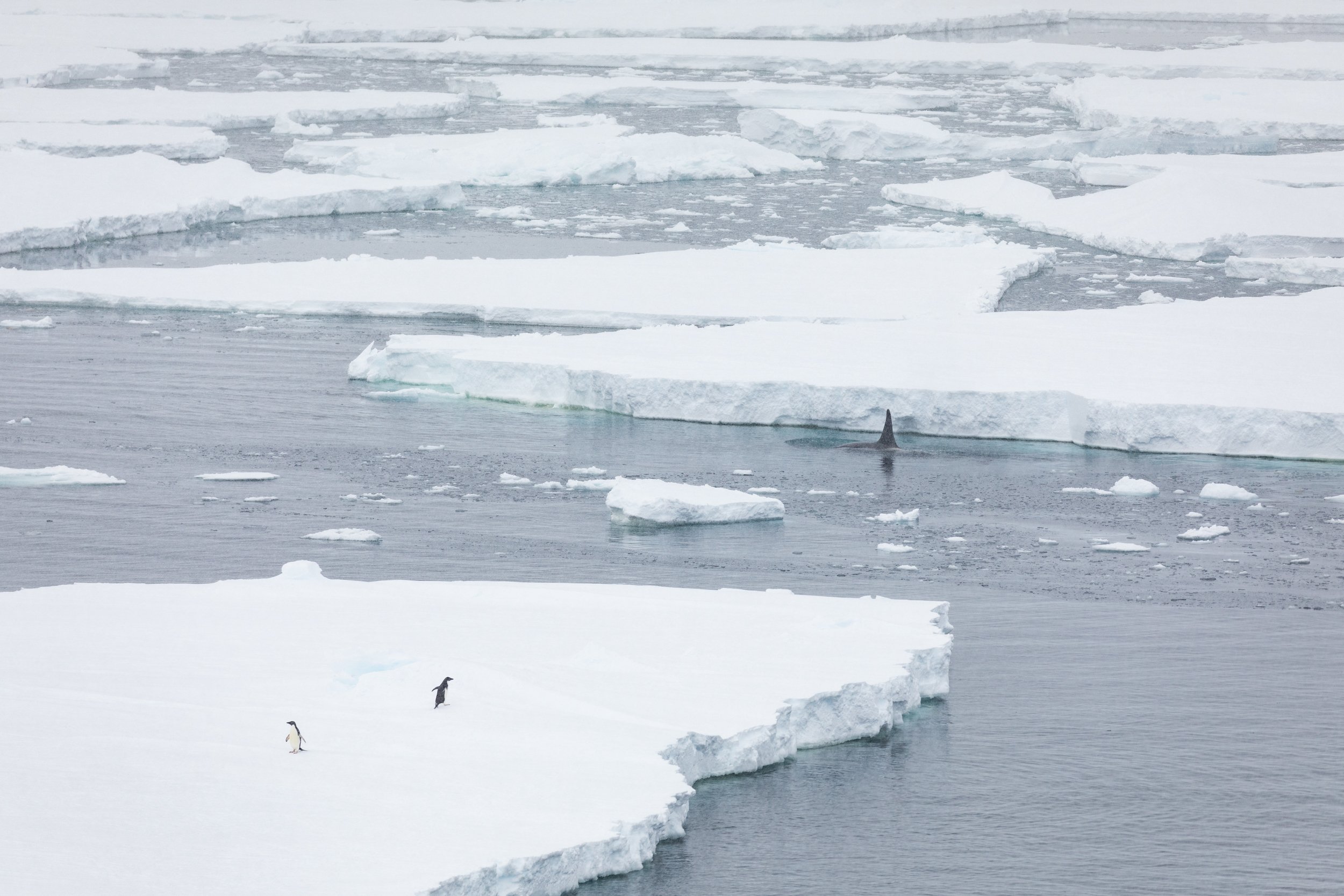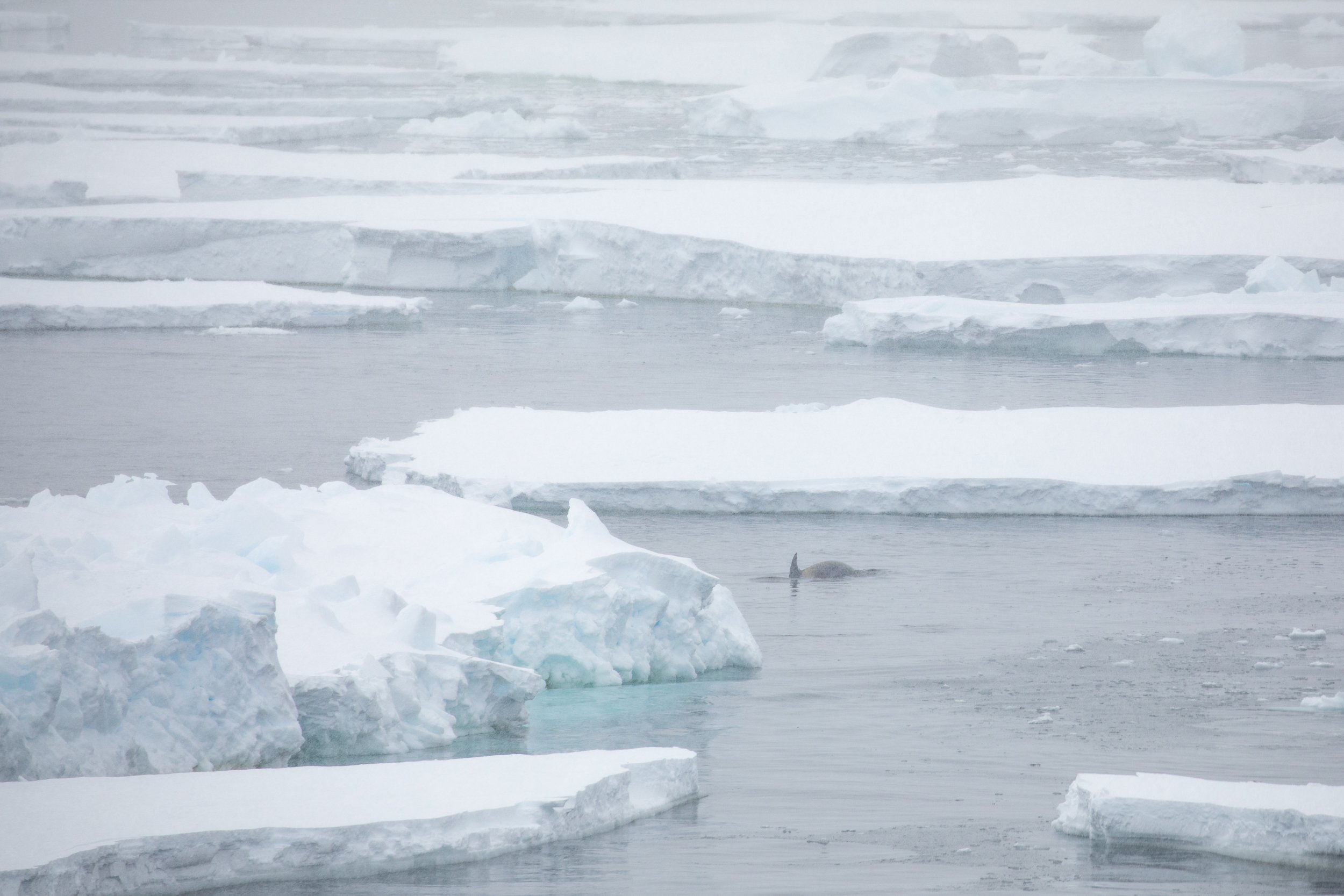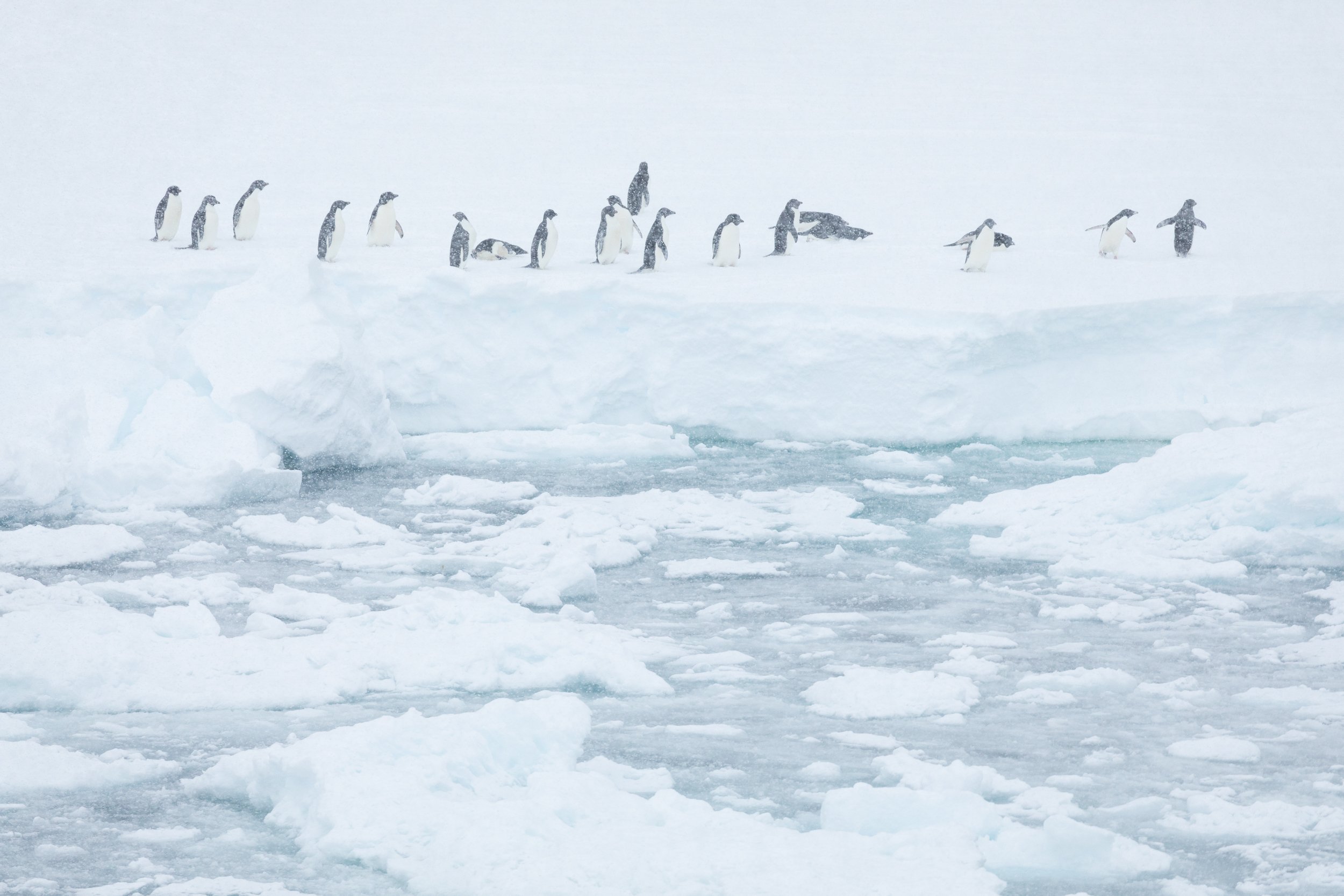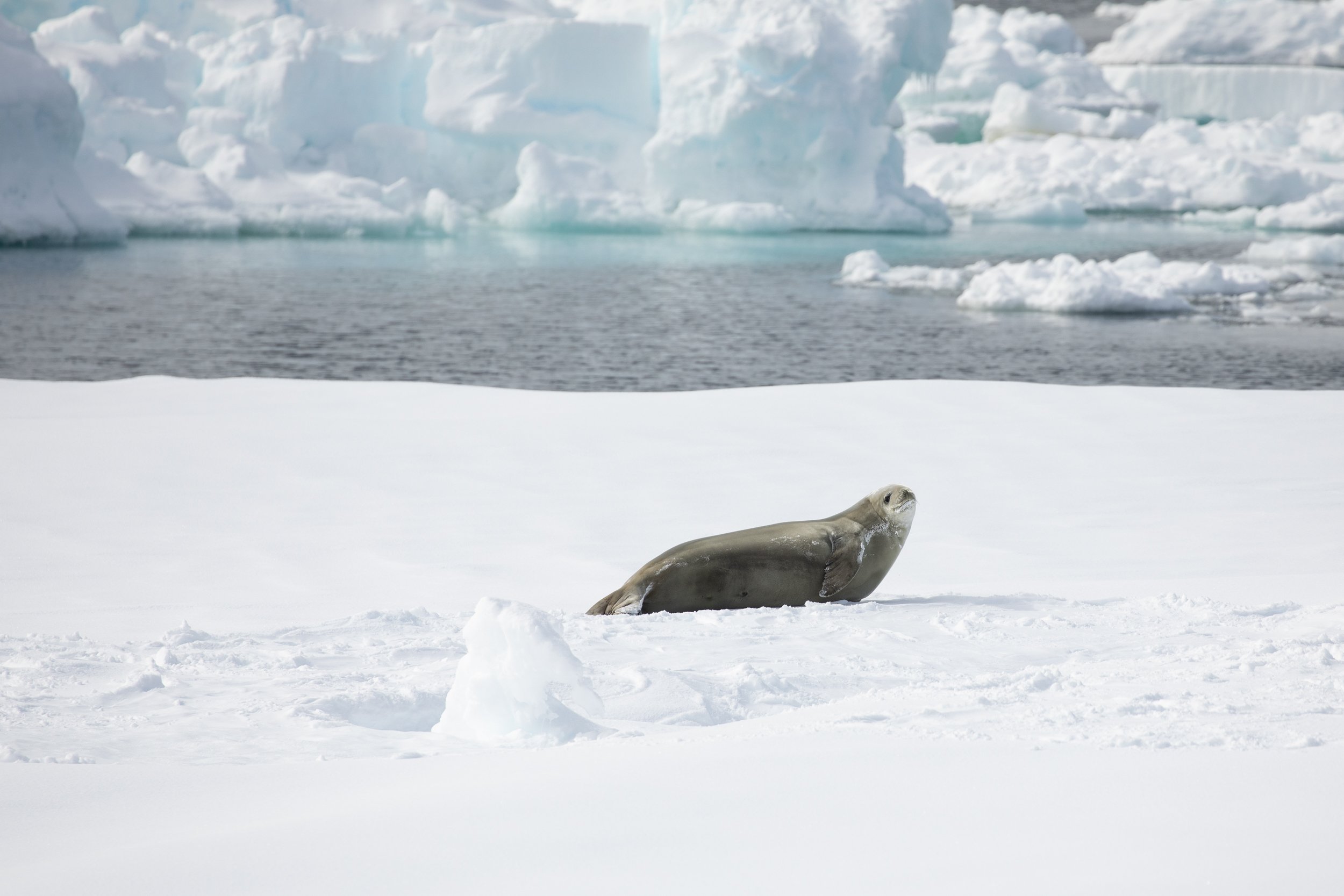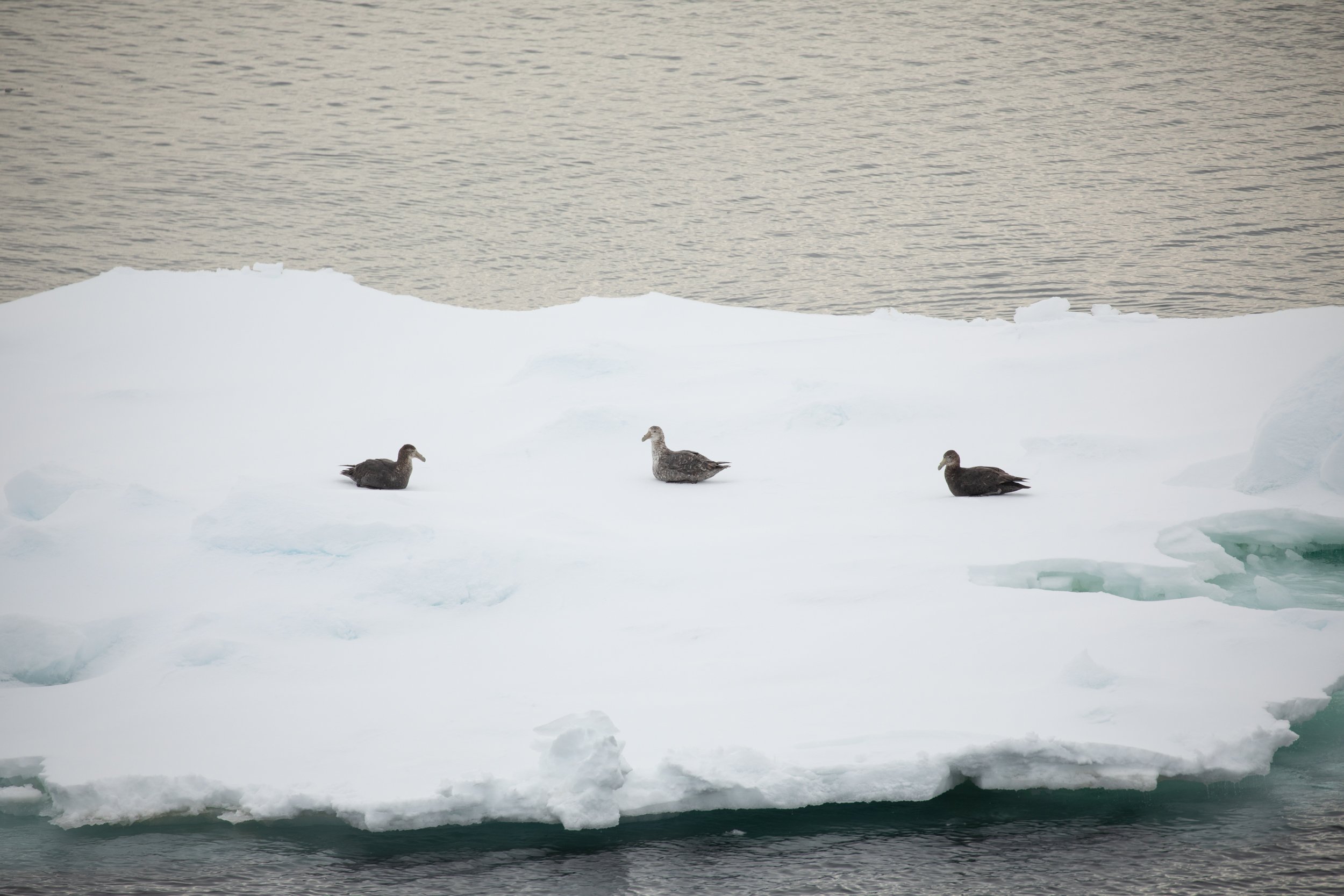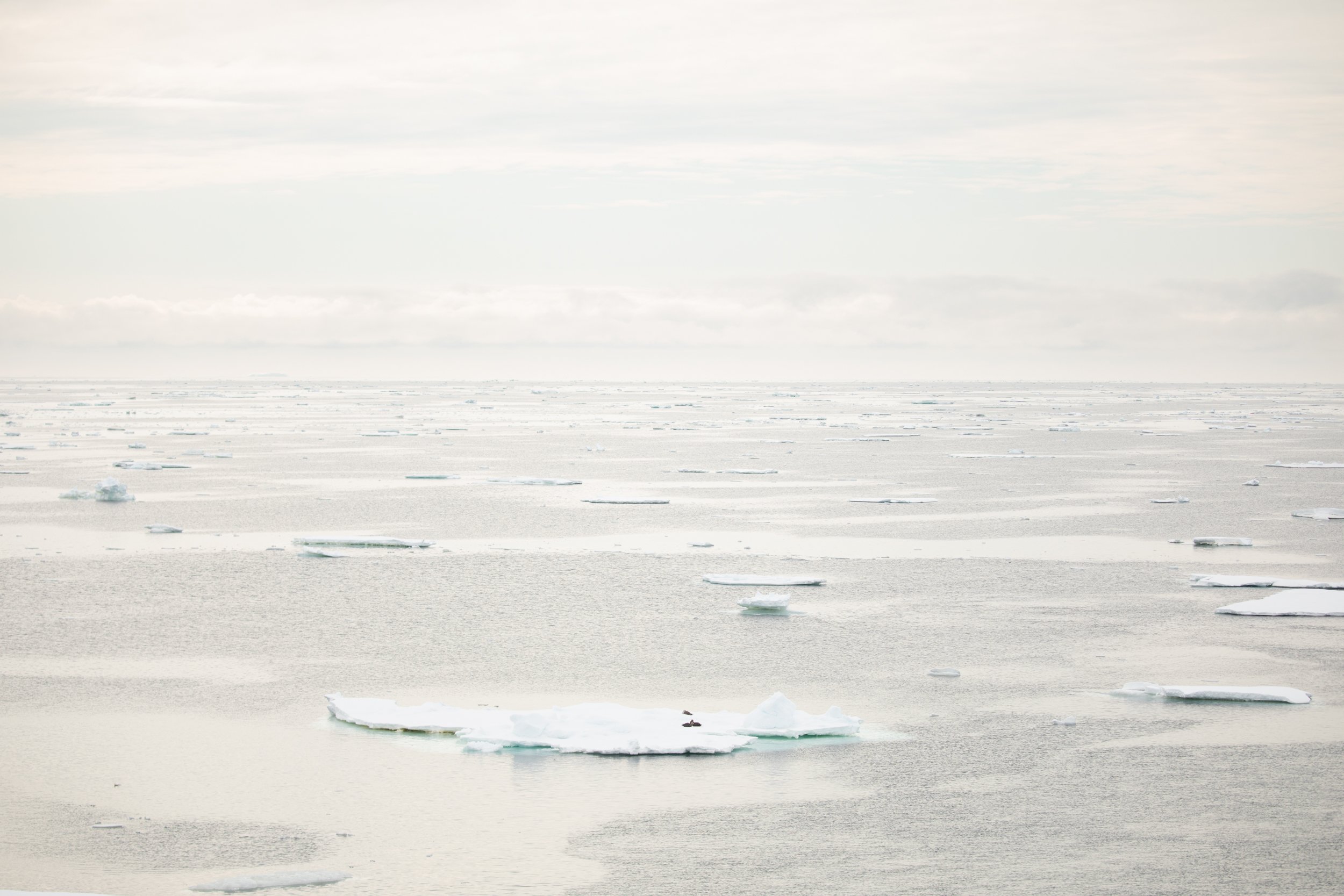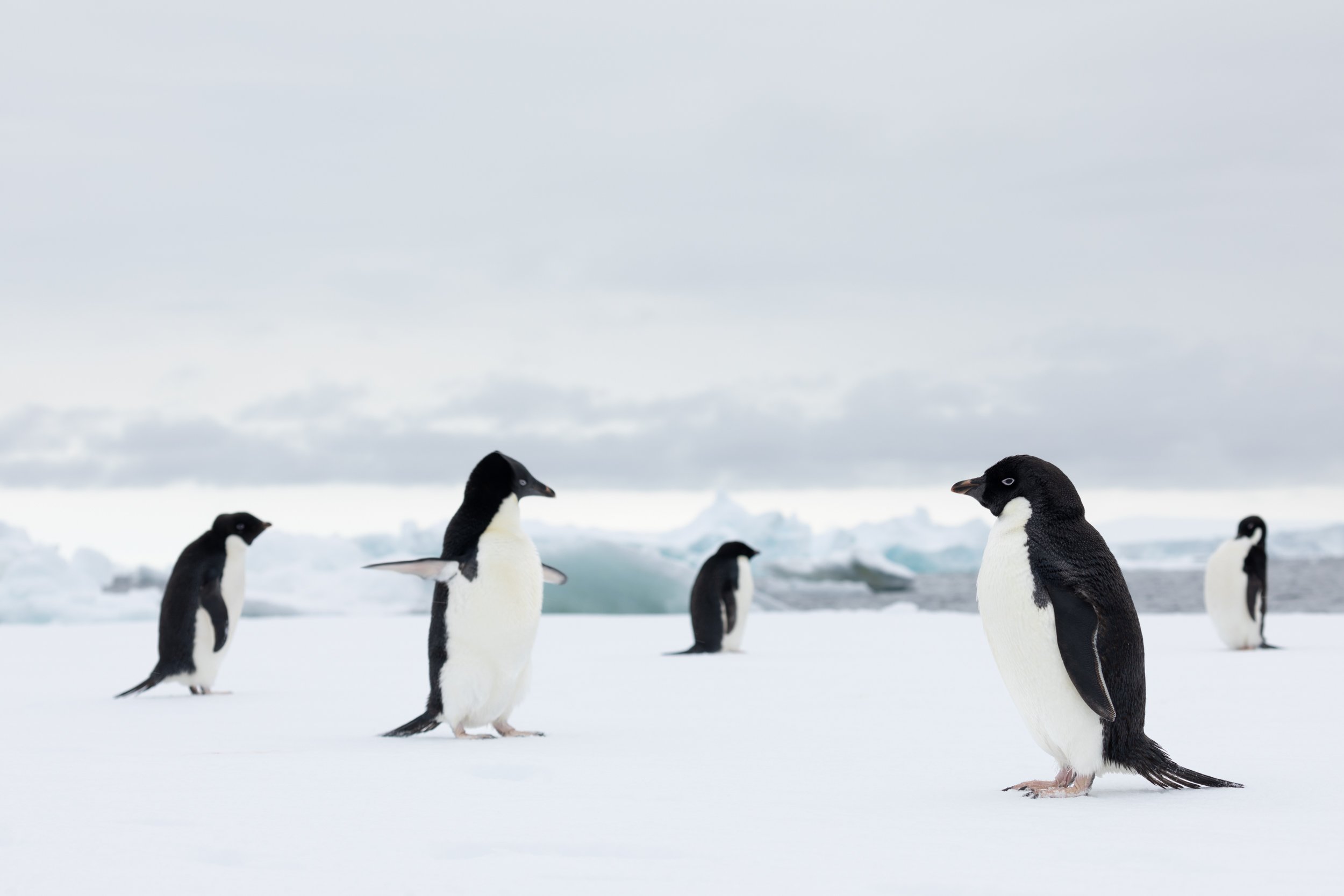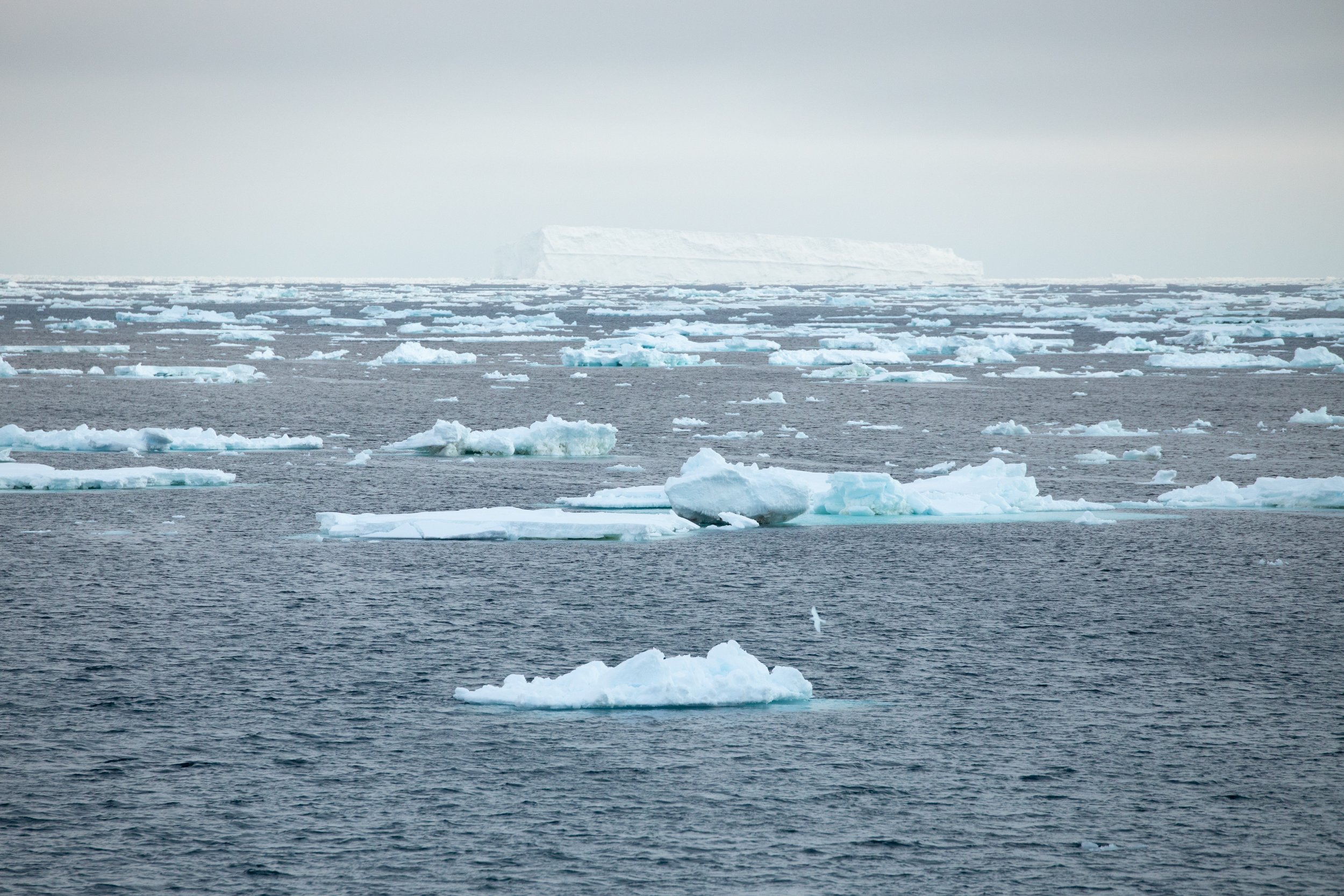Antarctica (Troll transect)
Part of increasing the efficiency in science is to implement it in transport and logistic routes. The cargo vessel that supplies the Norwegian Polar Institute Antarctic research station Troll is moored to the glacier ice sheet to download the containers. On the route back, we jumped onboard to sample sea ice and do marine mammal and sea-bird observations on route Cape Town.
TRANSPORT TO THE SEA
The Troll station is placed 235 km inland the Antarctic continent, at 1235 m.a.s.l. in the Jutulsessen range, a mountain chain that is the main ice-free area in the region. The Norwegian Polar Institute operational airfield of Troll is the main way to reach the station from outside and inside the continent. It is an “airport” made in an ice field that makes you speechless the moment you arrived and the surroundings of Jutulsessen nunataks (mountains sticking above the ice cap) is such a surreal landscape. Due to the challenging weather events of the summer 2022, the transport of the Troll transect team to the sea had to be made precipitously in a short weather window, using a helicopter to cover the 235 km flight over the ice cap.
SEA-ICE SAMPLING
The Troll transect consisted of 6 sea-ice stations sampled along the coast and a change of course towards the North and the rest of the trip crossing the Southern Ocean until reaching Cape Town, South Africa.
For each sea-ice station, a vertical temperature profile, a snow and ice thickness transect, and the extraction of 7 ice cores were carried out for a given ice floe. 7 ice cores, what for? To study different parameters of the ice that serve as indicators of different ecological processes, some of them changing fast due to global climate change that shows a especially quick rate in polar regions. The seven parameters were temperature, salinity, dissolved inorganic carbon (DIC), particulate organic carbon (POC), methane (CH4), Silicate (Si) and microplastics were to be examined afterward.
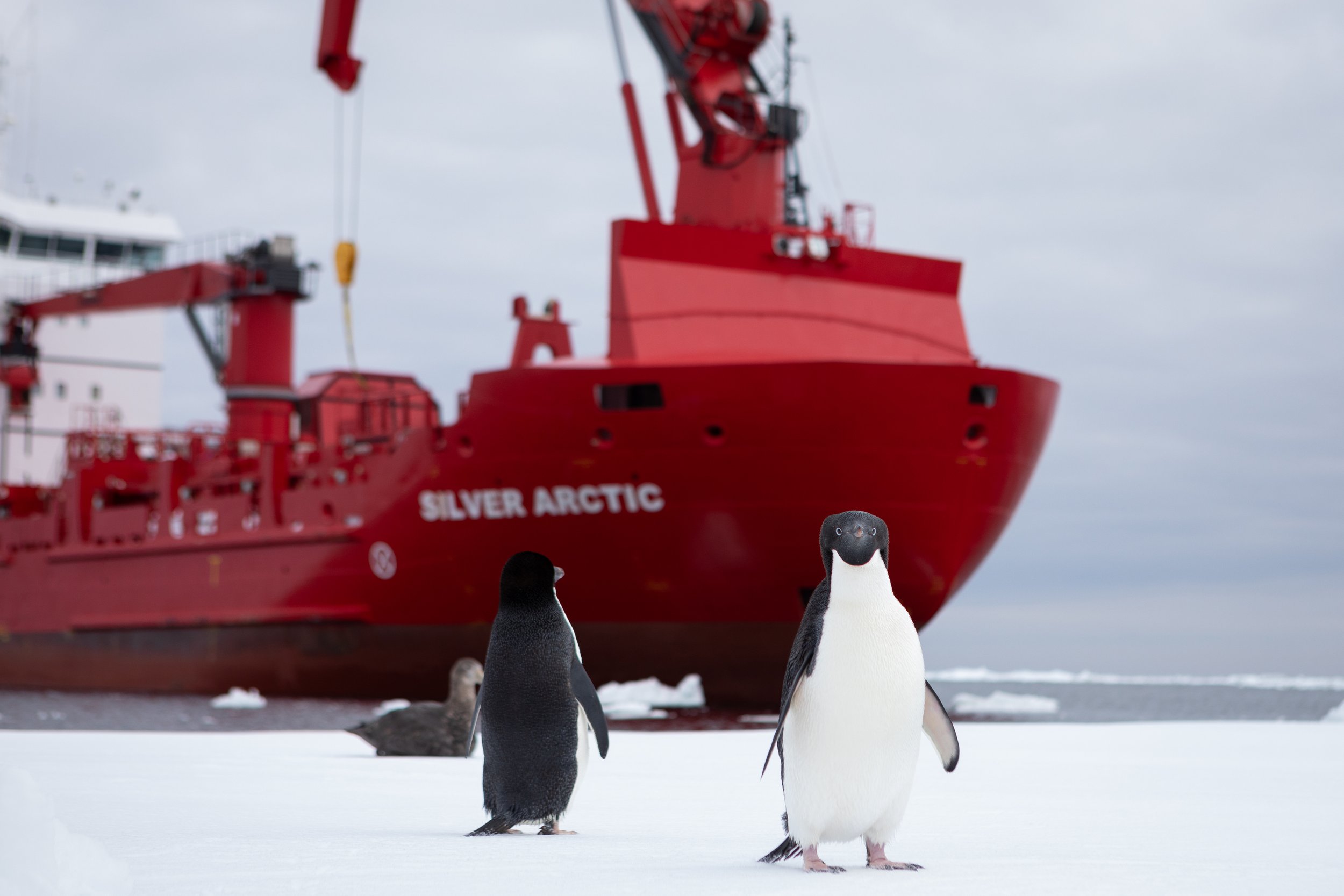
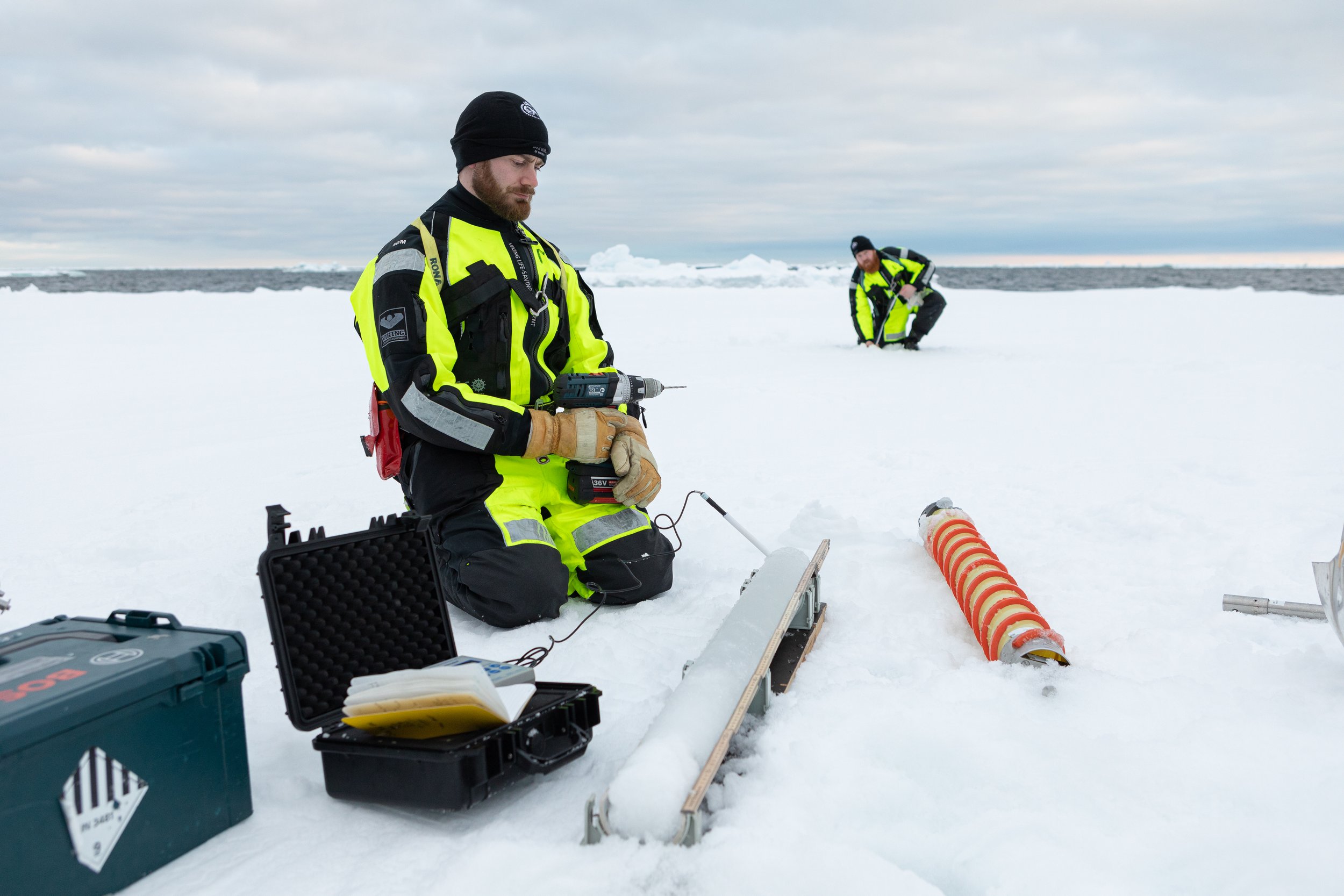
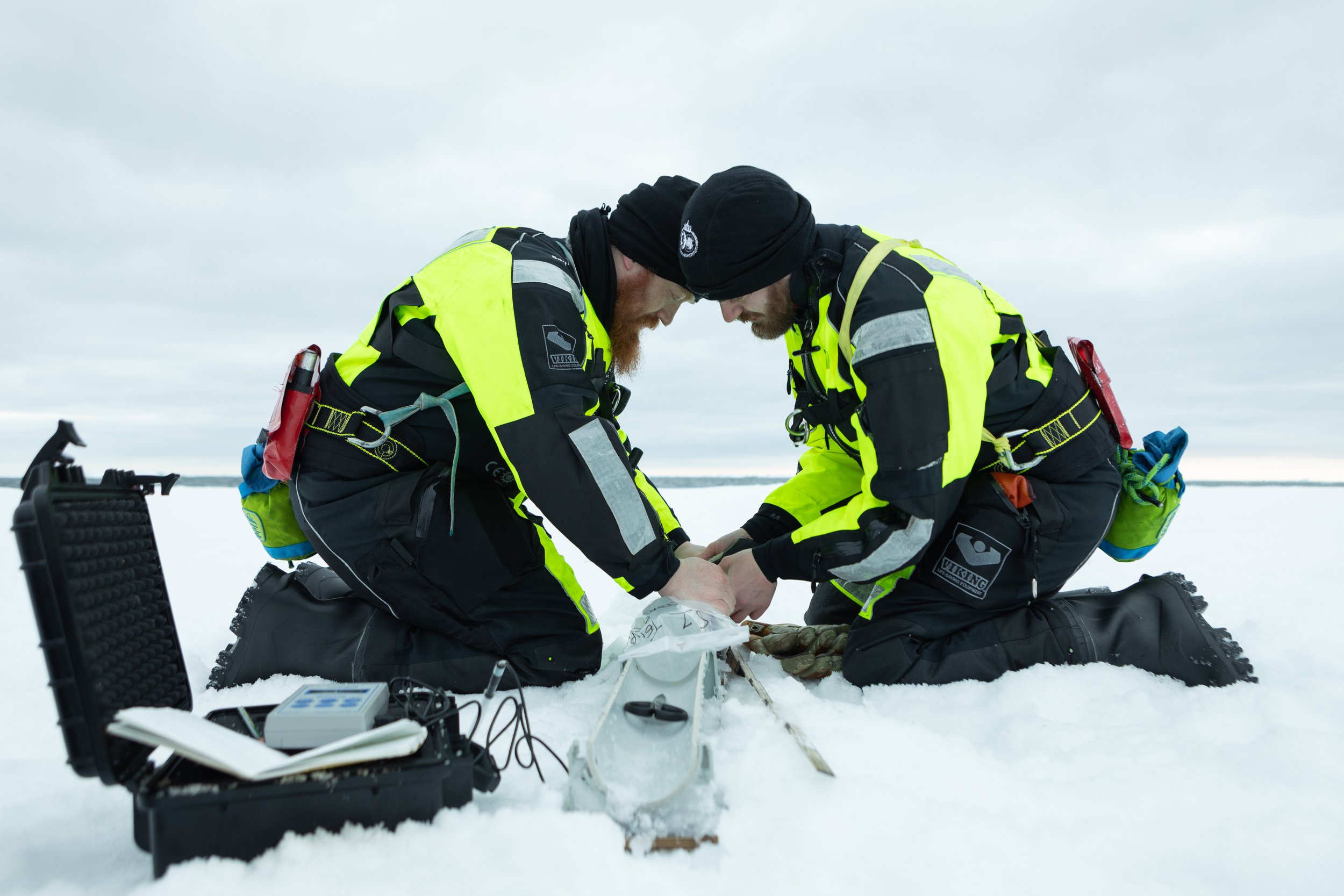
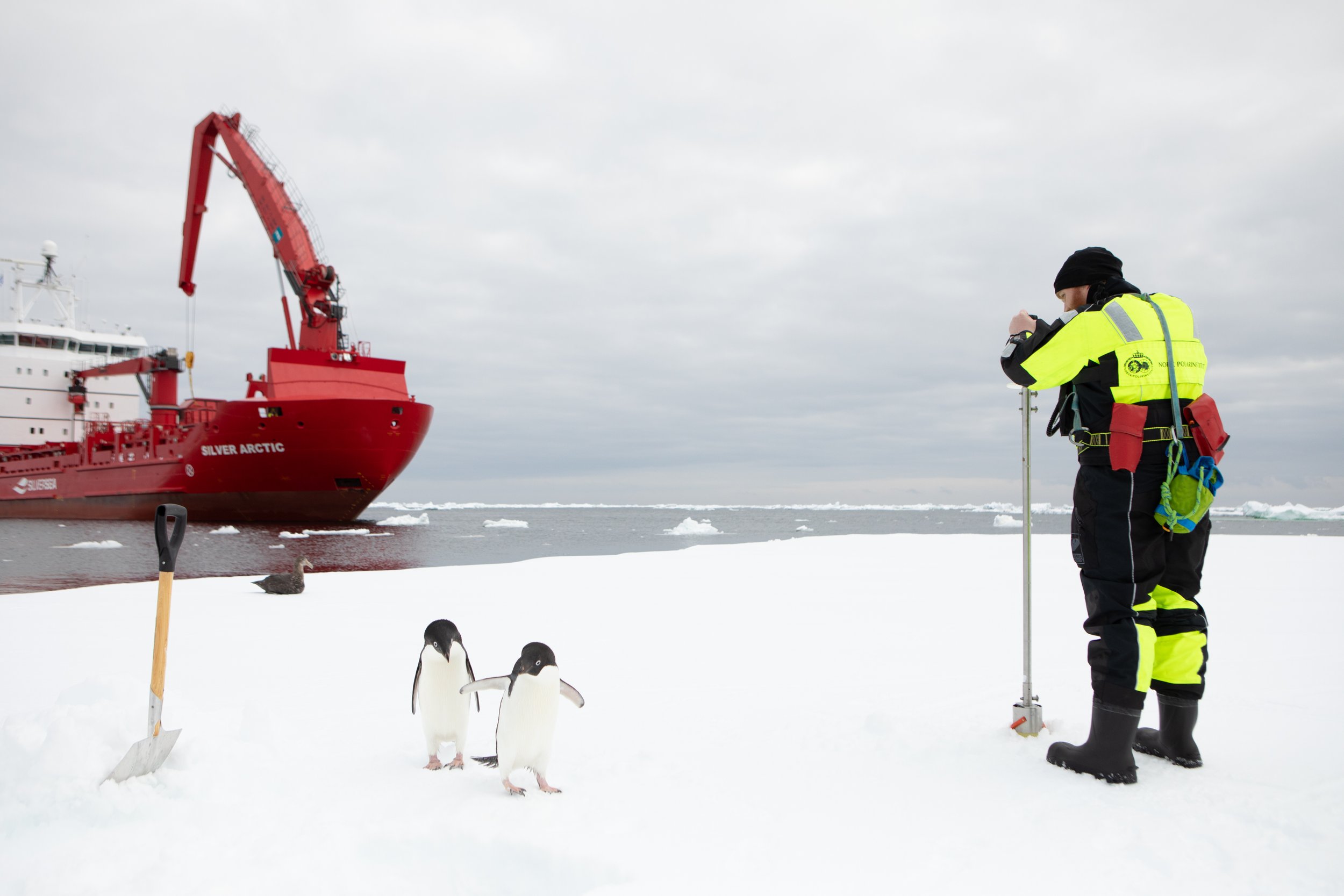
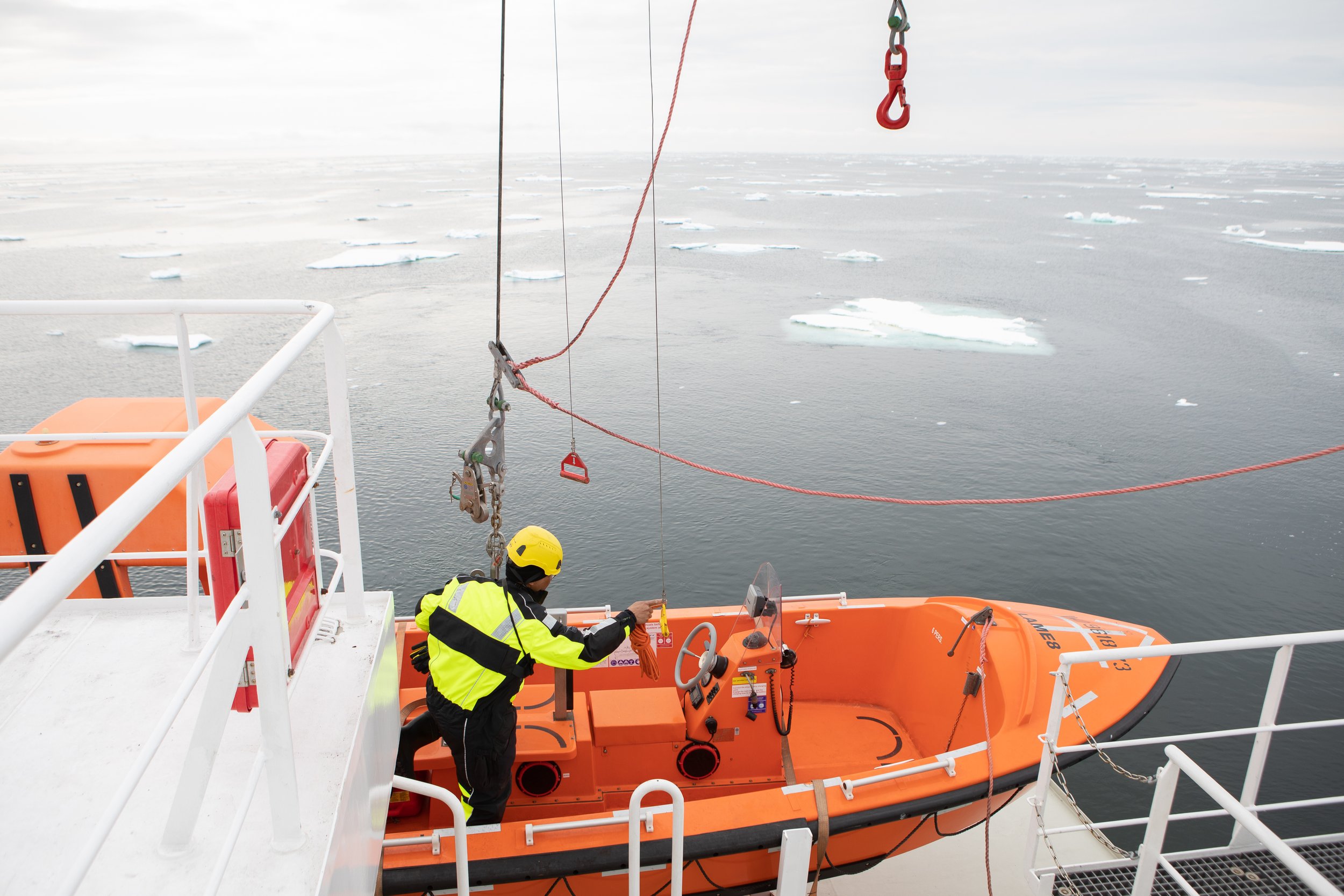
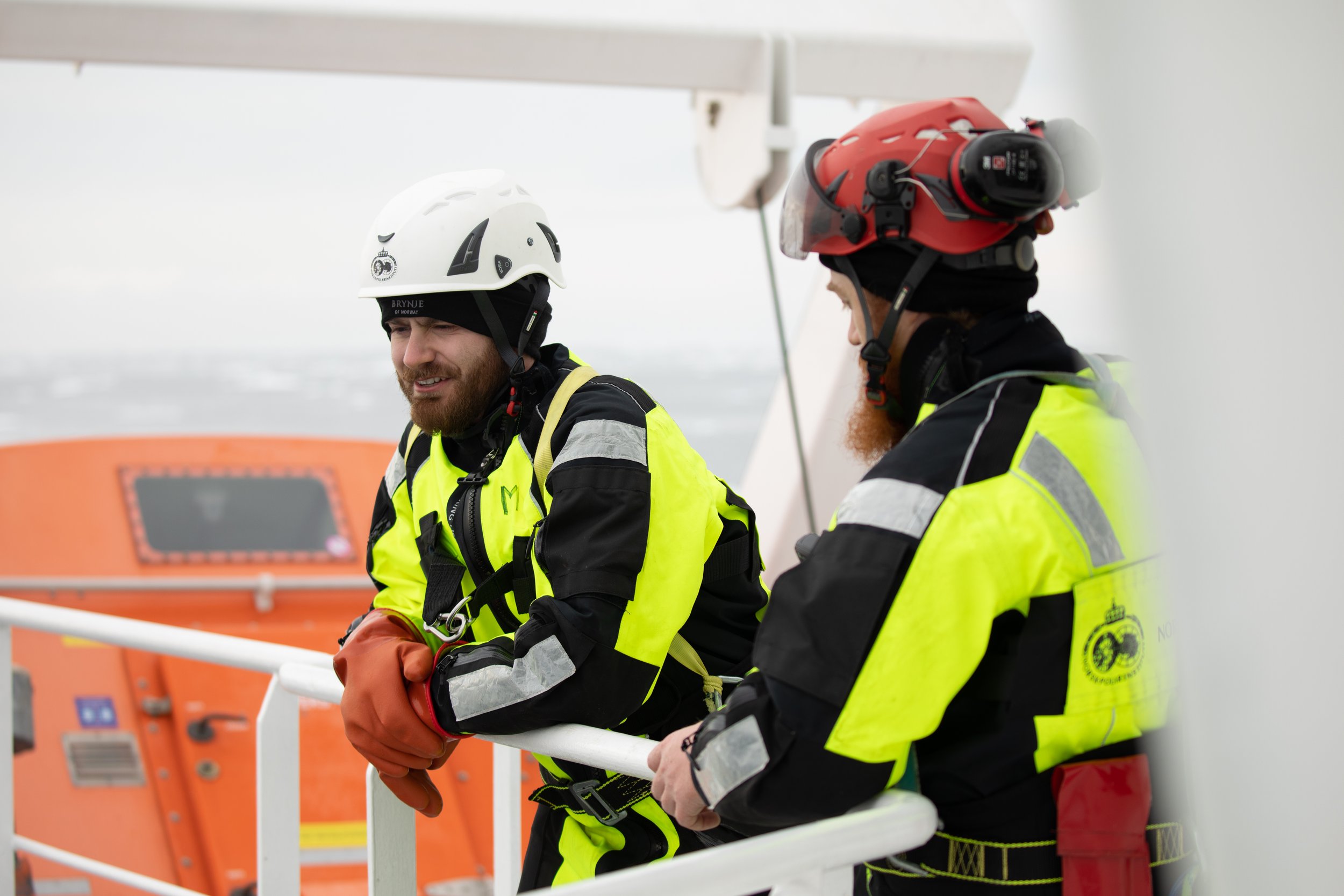
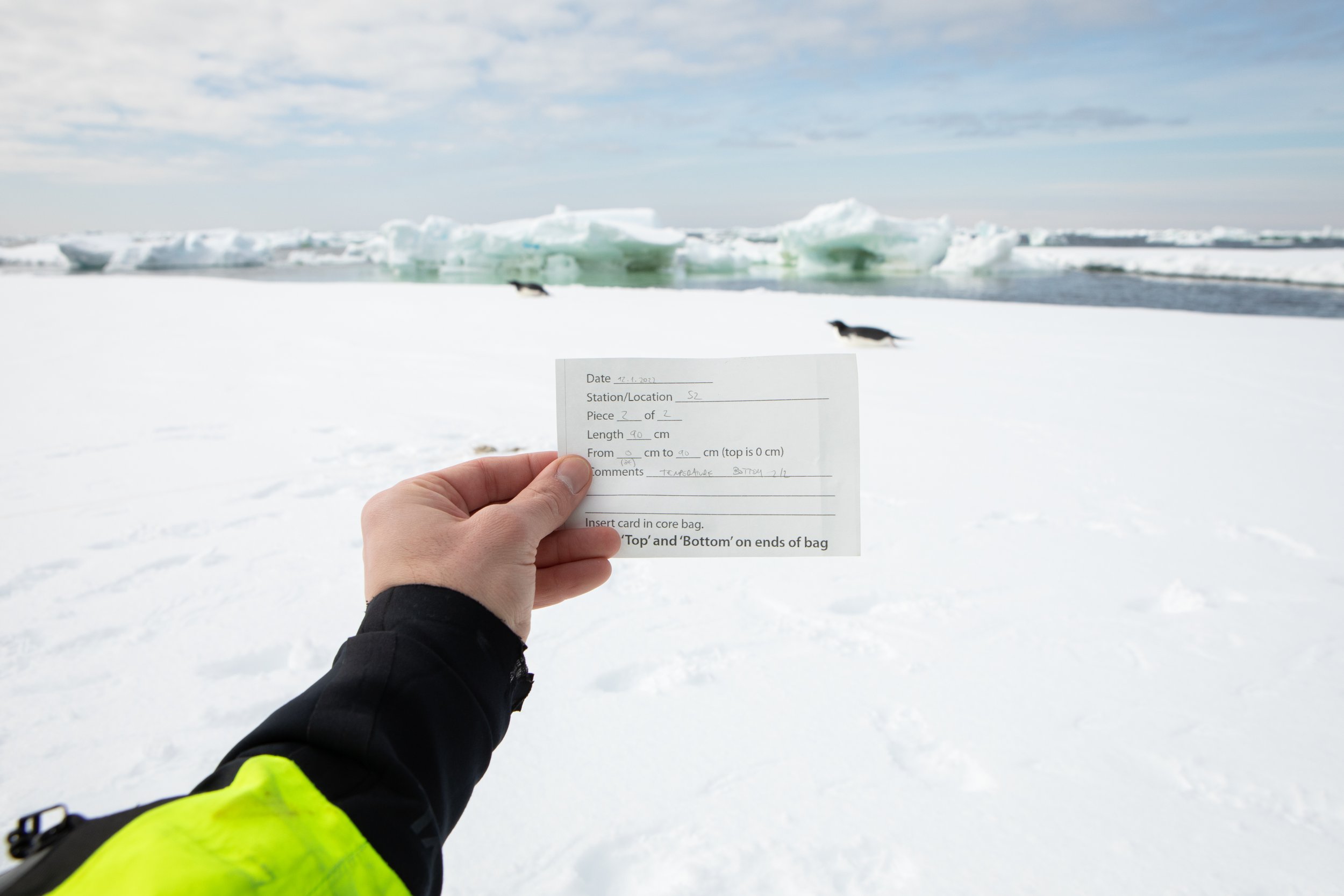
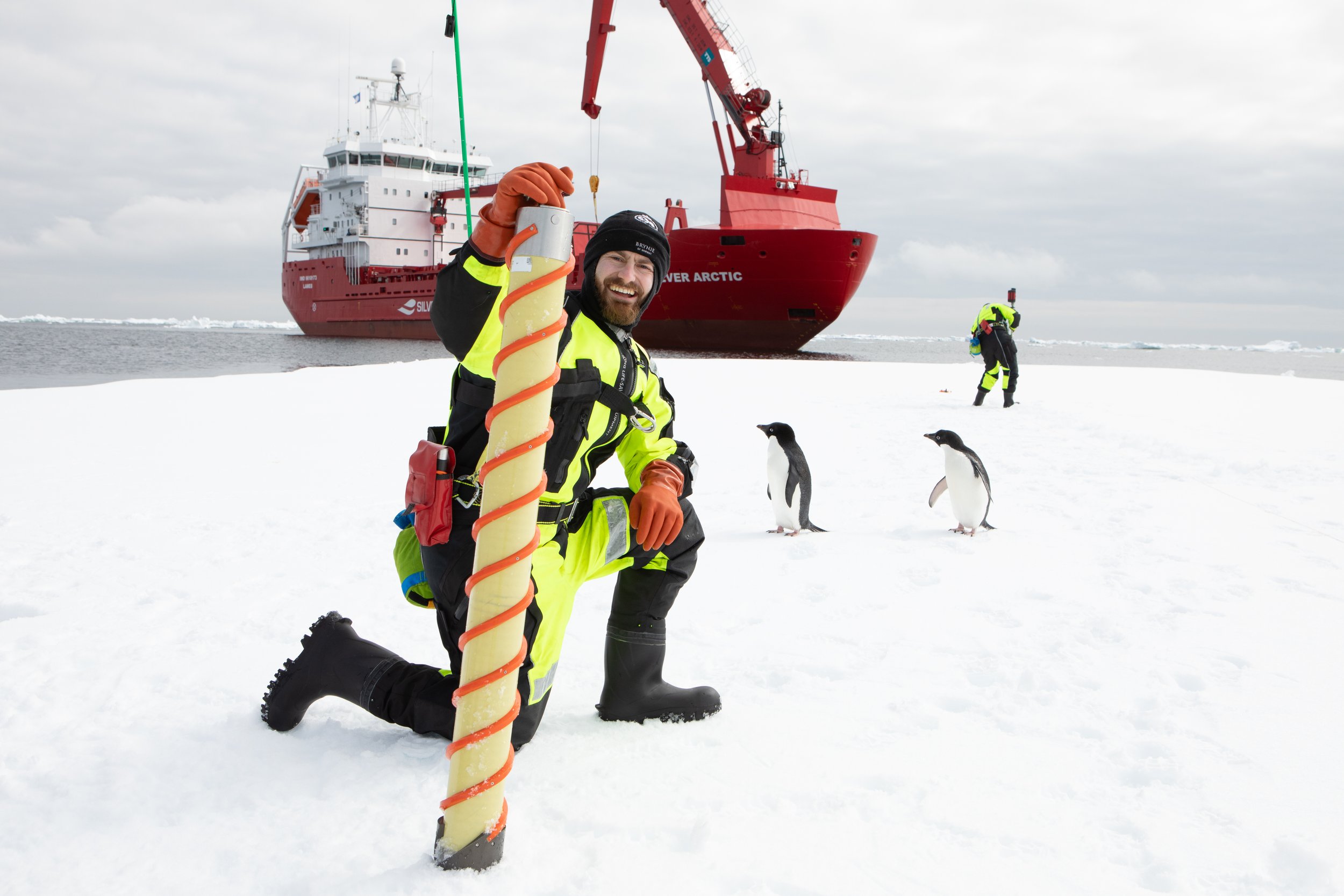
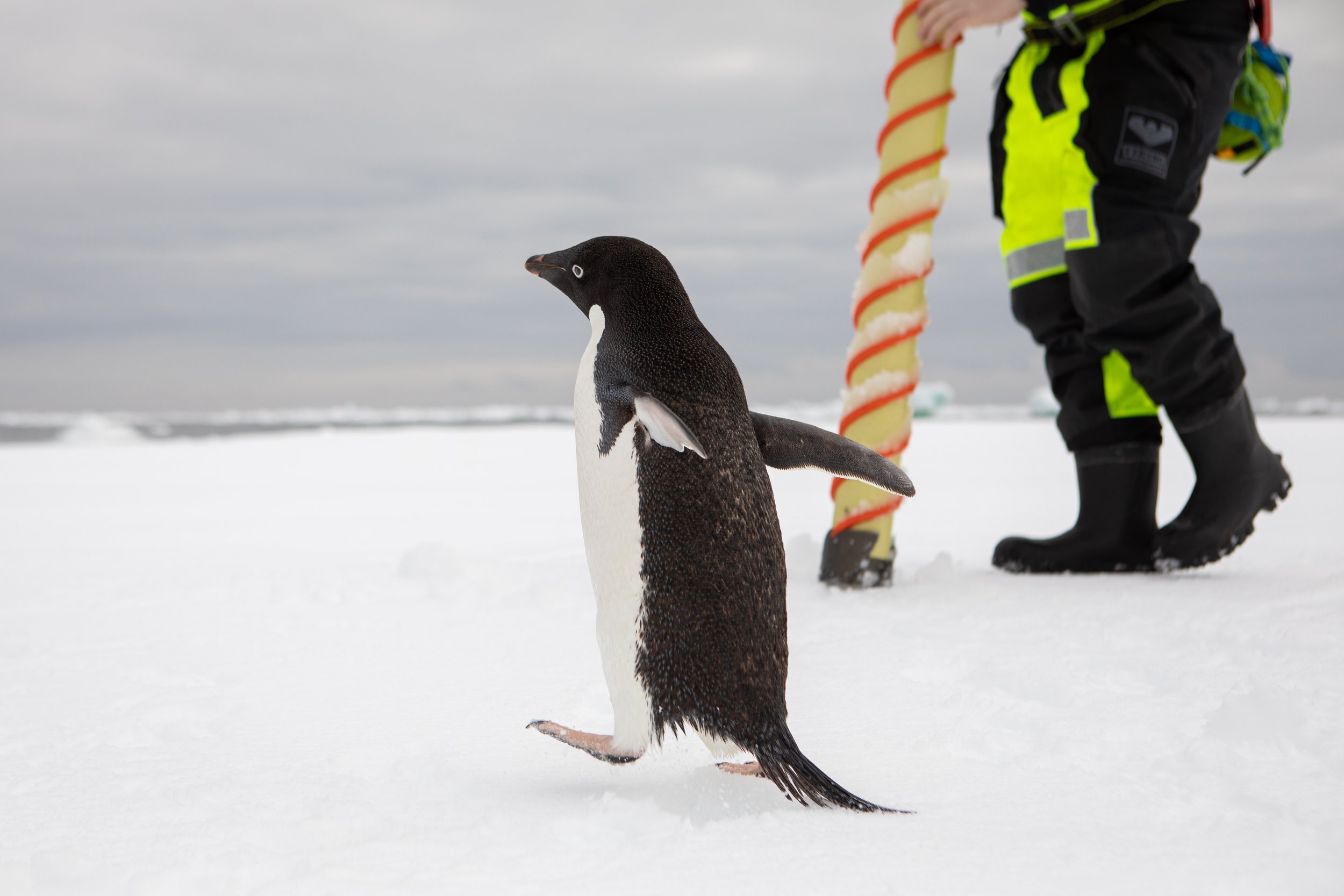
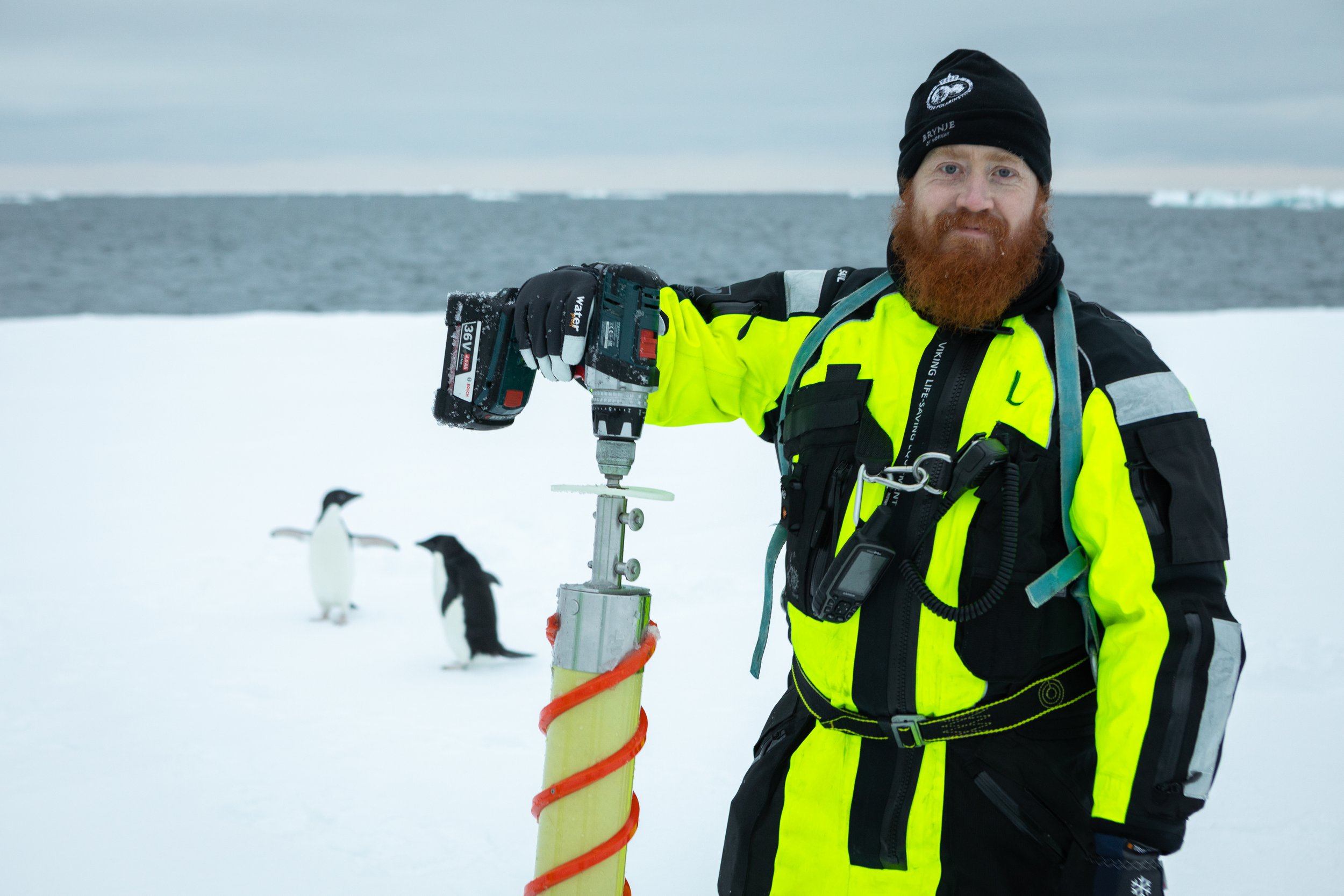
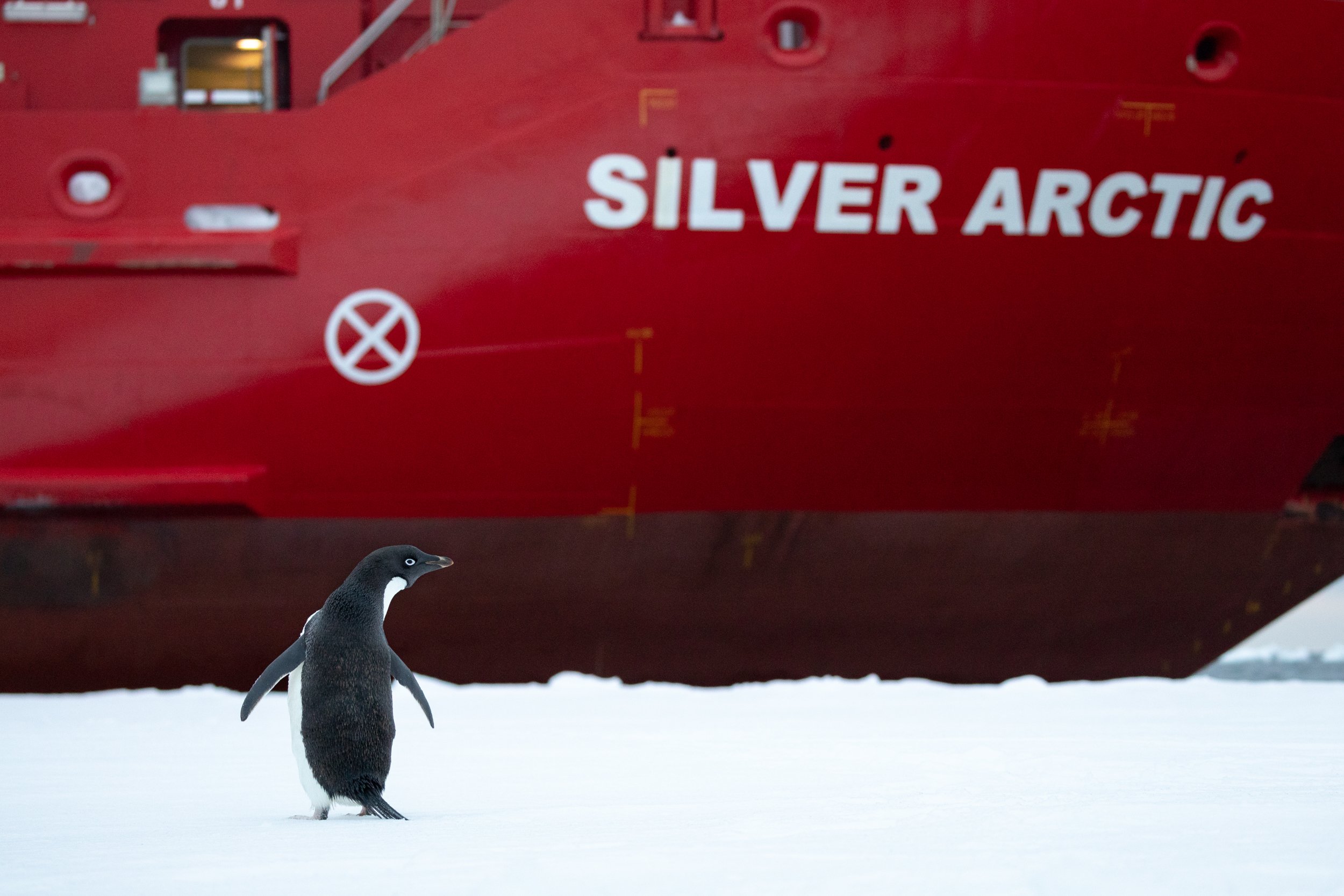


Marine mammal and sea bird observer
Marine mammal and sea bird observations were logged in an opportunistic manner during the sea-ice transect, and more systematically with on-duty times and a distance survey design on the Southern Ocean crossing. More than 90 individuals of 11 marine mammal species were observed, and around 800 individuals from 18 species of birds were counted. Most of the observations were taken during good weather and around what were likely Antarctic krill hotspots around the Southern Ocean Antarctic convergence. No sampling of zooplankton was conducted, but the engine technicians had to clean the water intake filters around the clock at certain spots because of getting clogged with krill.


